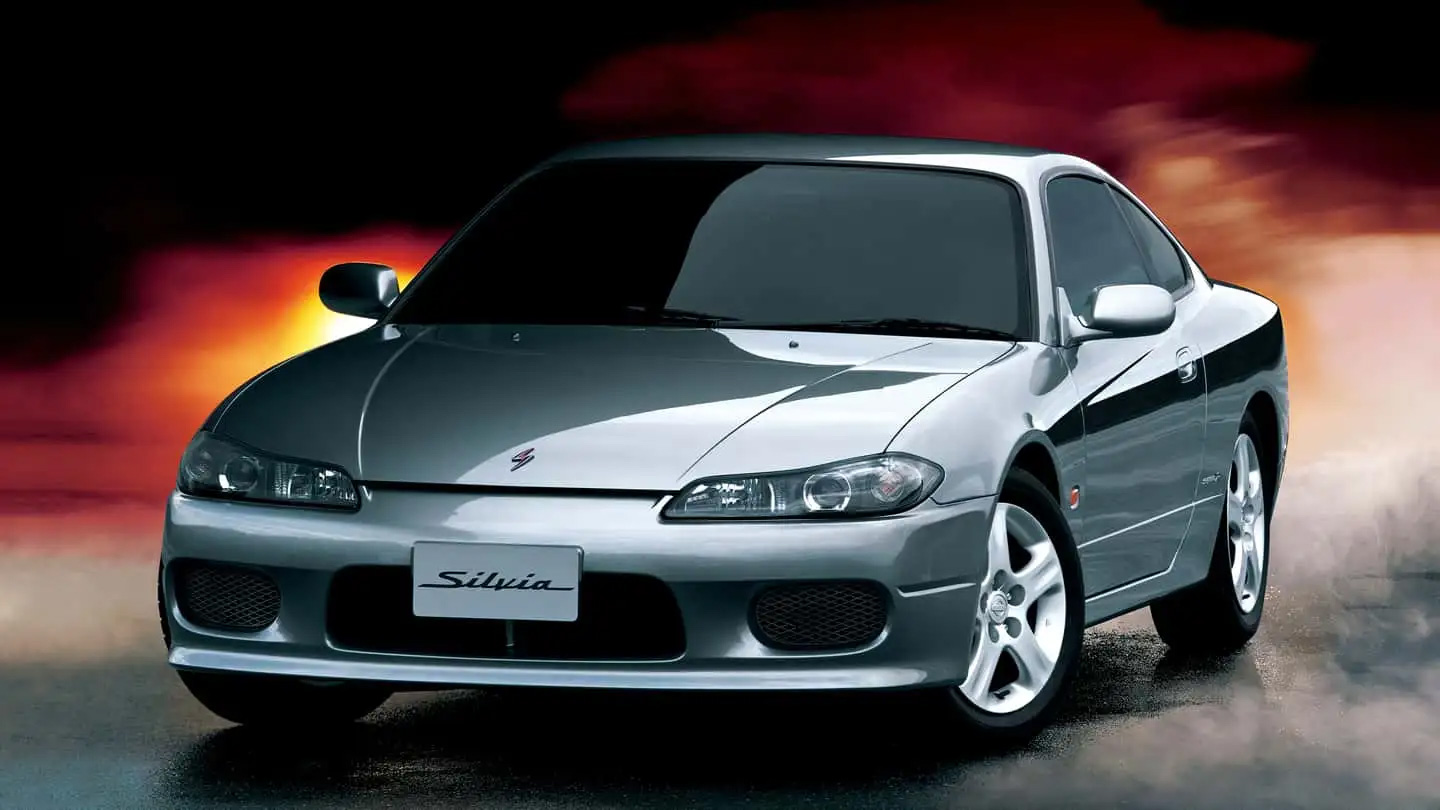Speaking to Top Gear, Nissan's VP of global product strategy, Ivan Espinosa, mentioned the possibility of a new Silvia. He said it would offer "good power at the right price that customers find attractive." While he didn't provide specifics, it's inferred that it would cost more than the $43,000 Z but less than the $121,000 GT-R. It would also likely have more power than the Z's 400 horsepower but less than the GT-R's 565 hp.
Sports cars face challenges due to their niche market, making it difficult to justify the investment with a limited customer base. Espinosa stated that a new Silvia would need to be a global product produced in larger volumes to be feasible. He didn't mention potential collaborations with other automakers to share costs, like Toyota and BMW did with the Supra/Z4 or the Toyota-Subaru GR86/BRZ twins.
Even if the Silvia returns, it might not have a combustion engine. Earlier this year, Nissan announced it is no longer investing in ICE technology. In contrast, domestic rivals Toyota, Mazda, and Subaru are committed to gas engines, including those running on carbon-neutral fuels.
Nissan has been slow to update its sports car lineup, aware of the difficulties in recouping investments. The 370Z was on sale for 13 years before the Z arrived, and the GT-R was available for 17 years. This hesitation to add a third sports car is understandable. Espinosa described the Silvia revival as a "far-fetched idea" for now but expressed a desire to make it happen.
Launching another crossover is typically a safer bet, often at the expense of exciting cars for enthusiasts. Let's hope Nissan doesn't use the Silvia name for an SUV, as has been done with the Ford Mustang Mach-E, Ford Puma, Mitsubishi Eclipse, and recently the Ford Capri.
Nissan indirectly created a Z-badged SUV with the Fairlady X, a Murano/Z mashup by students at Nissan Gakuen. It never entered production. Additionally, the Nissan Skyline Crossover, a rebadged Infiniti EX, was launched in Japan in 2009.
While a new Silvia sounds promising, it might make more sense to introduce a cheaper sports car below the Z. This lower-priced model could attract younger buyers who can't afford a $40,000 Z. If individual models from each Japanese brand aren't feasible, a collaboration between Nissan, Toyota, Subaru, Mazda, Mitsubishi, and Honda could produce a badge-engineered car. This idea, while speculative, has potential. The successful Toyota-Subaru collaboration sets a precedent for making an affordable sports car a reality, ideally with a combustion engine.
Source: Top Gear

